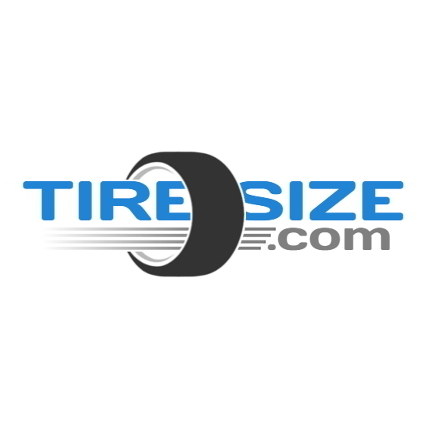What is with Tesla suggesting the same tire pressure of 42psi regardless of the 18” tire it comes with?
Michelin MXM4 is rated at 98w
Hankook Kinergy GT is rated at 94v
Front 2447 lbs
Rear 2771 lbs
Michelin MXM4 is rated at 98w
- Max Load:
1,653 lbs - Max Inflation Pressure:
50 psi
Hankook Kinergy GT is rated at 94v
- Max Load:
1,477 lbs - Max Inflation Pressure:
51 psi
Front 2447 lbs
Rear 2771 lbs



